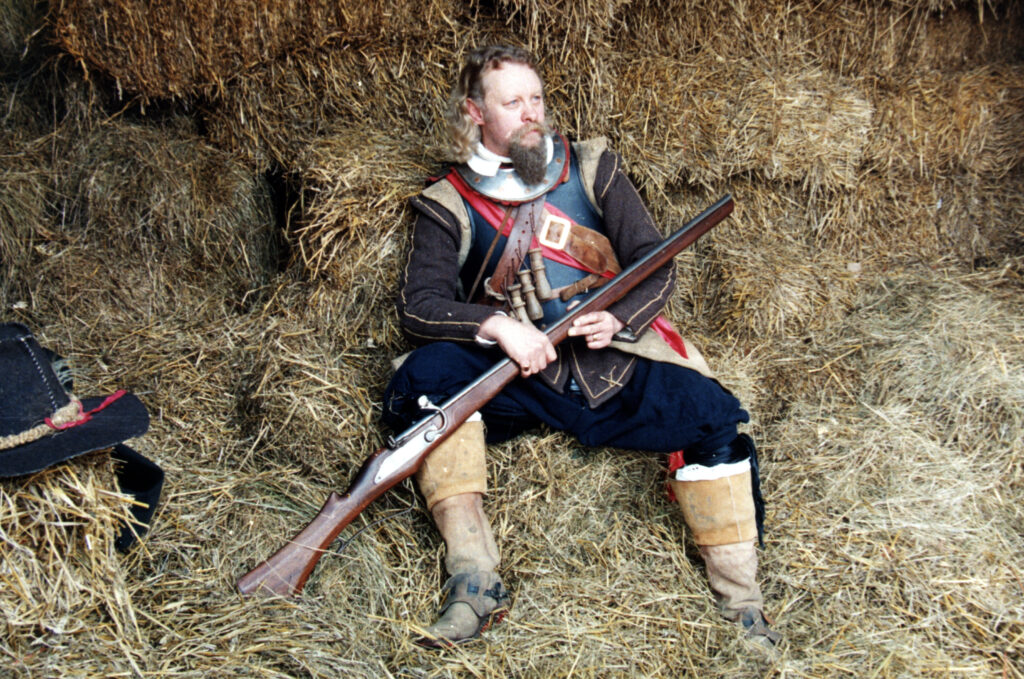The British Monarchy’s survival during the English Civil War is a topic that intrigues history enthusiasts and scholars alike. It primarily survived due to the restoration of the monarchy under Charles II in 1660, following the turbulent period of republican rule. This event, known as the Restoration, marked a significant turning point in British history, re-establishing the monarchy’s role in governance.
Throughout the civil war and subsequent interregnum, various political and social factors played pivotal roles in maintaining the monarchy’s relevance. The public’s loyalty to the crown, the failure of alternative republican governance, and the strategic alliances formed by royalists contributed significantly to the monarchy’s resilience.
Charles II’s return to power wasn’t merely a fluke of history, but a testament to the enduring legacy and adaptive strategies of the British Monarchy. Royal traditions, political manoeuvring, and societal structures all combined to ensure the monarchy’s survival and its continued influence in Britain’s political landscape.
Origins and Outbreak of the English Civil War

The English Civil War was triggered by significant political, religious, and military conflicts that culminated in a devastating internal struggle. The turmoil stemmed from deep-seated issues around royal authority, religious practices, and parliamentary power.
Conflict Between Crown and Parliament
King Charles I’s belief in the divine right of kings led to frequent clashes with Parliament. He often bypassed them to levy taxes and imposed controversial policies. Tensions peaked when Charles attempted to arrest five MPs in 1642, which was perceived as a gross abuse of power and a catalyst for war.
The Petition of Right in 1628 was an early attempt to curb Charles’s authority, insisting that taxes without Parliament’s consent were unlawful. This was frequently ignored by Charles, deepening mistrust. Parliament’s refusal to fund Charles’s military campaigns without oversight further escalated the conflict.
Religious Tensions and the Role of Puritanism
Religious disputes were central to the conflict. Puritans opposed the Church of England’s elaborate rituals, perceiving them as too Catholic. They sought a church reform that aligned with their more austere practices, leading to friction with the monarchy, which supported Anglican traditions.
Charles’s marriage to a Catholic queen, Henrietta Maria, fueled suspicions of a pro-Catholic agenda. This increased fear among Protestants that their religion was under threat. Additionally, Charles’s imposition of a new prayer book in Scotland incited rebellion, broadening the scope of religious unrest.
Key Battles and Military Campaigns
The Battle of Edgehill in October 1642 marked the first major clash, setting the stage for a prolonged conflict. The Royalists, loyal to King Charles, engaged the Parliamentarians, who demanded greater political representation and religious freedom.
Important battles such as Marston Moor in 1644 and Naseby in 1645 were pivotal. Marston Moor gave Parliament control over the North of England, while Naseby virtually destroyed the Royalist army. Oliver Cromwell’s New Model Army, disciplined and well-organised, played a significant role in Parliament’s victories.
Mechanisms of Monarchical Preservation
The British monarchy’s survival during the English Civil War can be attributed to several strategies and actions, focusing on leadership, strategic retreats, international diplomacy, and public support.
Leadership and Charisma of Charles II
Charles II displayed remarkable leadership, using his charisma to gain loyalty from supporters. Known for his ability to connect with people, he projected an image of resilience and adaptability.
This helped maintain support from Royalists who remained loyal to the crown. His personal charm and political acumen played crucial roles in rallying allies and keeping the royal cause alive during challenging times.
Tactical Retreats and Alliances
Strategic retreats and alliances were critical. The monarchy avoided complete defeat by regrouping and forming alliances with various factions. These included forging temporary truces and leveraging support from foreign allies.
By choosing battles wisely and retreating when necessary, the monarchy preserved its core strength. This manoeuvring bought time and resources needed to continue their struggle for power.
Exile and International Diplomacy
During periods of exile, the monarchy engaged in active diplomacy. While in France and the Netherlands, Charles II established and maintained relationships with foreign monarchies and dignitaries.
These diplomatic efforts ensured continued international support, providing vital military and financial assistance. This international backing was crucial for planning the eventual return to power.
Restoration and Public Support
The restoration of the monarchy was significantly aided by public support. After years of turmoil under different regimes, many in the public longed for stability and saw the return of the monarchy as a way to restore order.
Key political figures negotiated the monarchy’s return, recognising the widespread desire for a return to traditional governance. Public sentiment thus played a pivotal role in the monarchy’s restoration.
